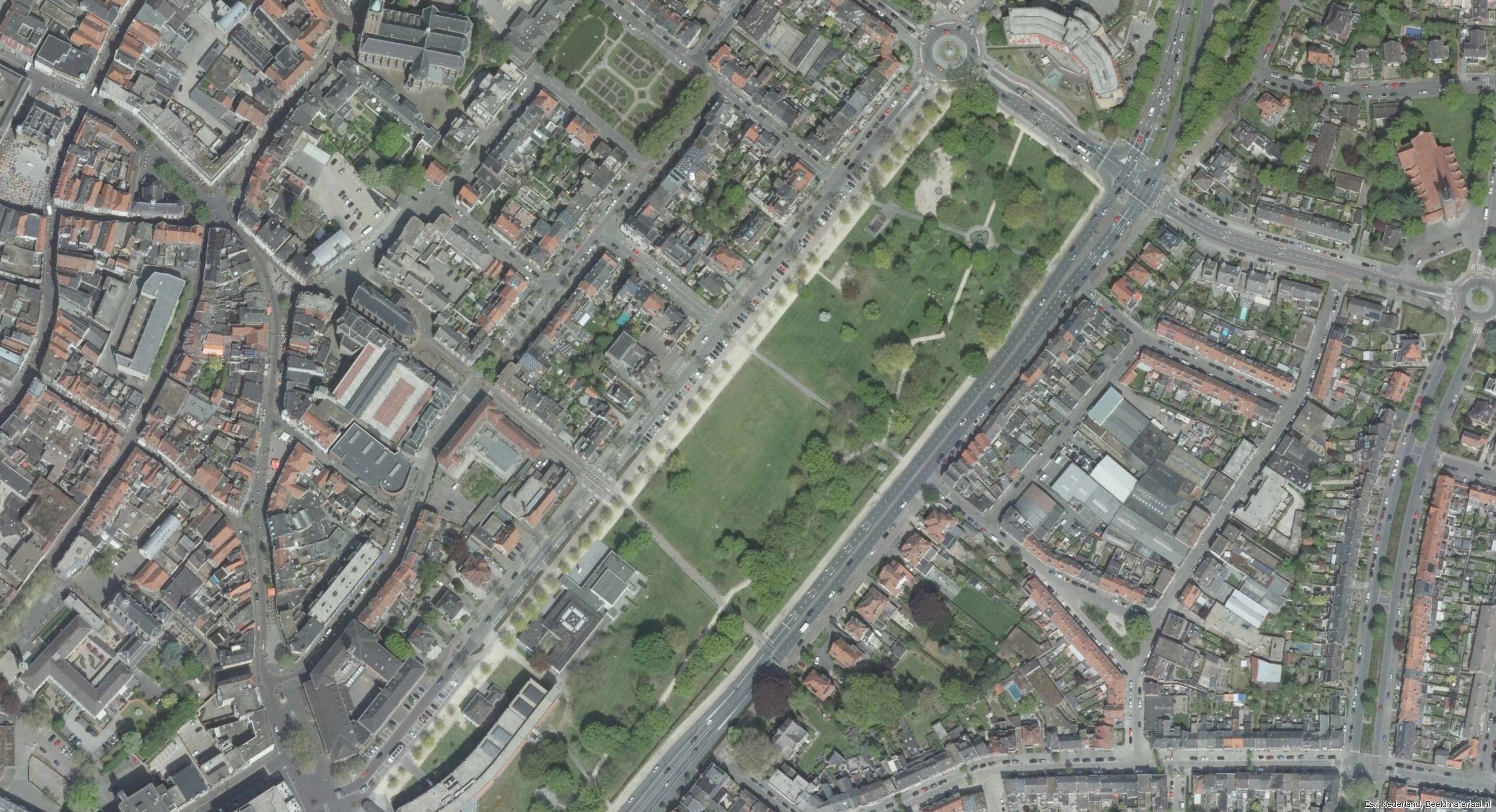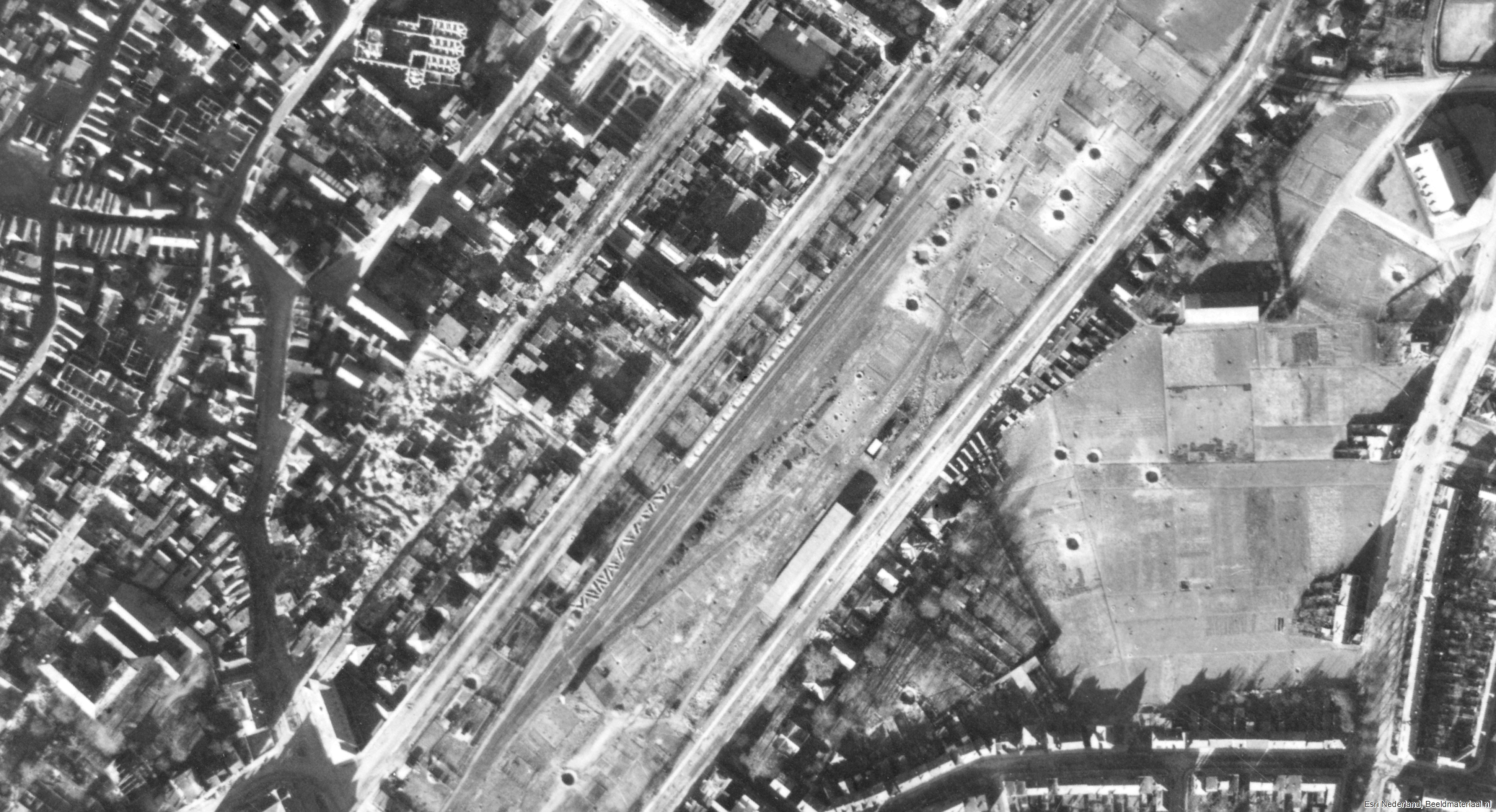Vooronderzoek
Het spontaan aantreffen van ontplofbare oorlogsresten brengt ongewenste risico’s, kosten en vertraging met zich mee. Het is daarom raadzaam om voorafgaand aan geplande bodemingrepen een historisch vooronderzoek uit te laten voeren. In een historisch vooronderzoek wordt nagegaan of er in het verleden oorlogshandelingen hebben plaatsgevonden, en zo ja, of er sprake is van een verhoogd risico op het aantreffen van ontplofbare oorlogsresten. Deze gefundeerde afweging wordt gemaakt op basis van bronnenanalyse van o.a. literatuur, archiefdocumenten en luchtfoto’s uit de Tweede Wereldoorlog.
Betrouwbaar resultaat door hoge standaard
Bij ECG voldoet het vooronderzoek aan alle eisen die gesteld worden door het Certificatieschema Vooronderzoek en Risicoanalyse (CS-VROO). We raadplegen standaard de voorgeschreven bronnen, en meer! Bij elk onderzoek wordt namelijk intensief gebruik gemaakt van archiefdocumenten en luchtfoto’s uit diverse nationale en internationale archieven. Zo garandeert ECG een gedegen vooronderzoek.
Wilt u zelf eens een kijkje nemen in het verleden, zoals de historici van ECG dat dagelijks doen? Met de onderstaande slider kunt u eenvoudig een gebied in 1945 en van vandaag de dag bekijken en de betrokkenheid bij oorlogshandelingen zien.


“De Afdeling Vooronderzoek van de Explosive Clearance Group is een professionele en prettige groep mensen om mee samen te werken. Kwaliteit van het vooronderzoek en het advies is hoog en voldoet aan de meeste recente regelgeving. Behalve dat wij erg tevreden zijn over het werk van ECG draagt hun werk ook weer bij aan de tevredenheid van onze eigen klanten.”

Lotje Egmond
Omgevingsmanager Sweco Nederland B.V.






Veelgestelde vragen
Omdat u als opdrachtgever graag alle risico’s van uw project wil weten en beheersen voordat de werkzaamheden aanvangen. Met een gedegen vooronderzoek kunt u acteren en hoeft u niet achteraf te reageren.
Als opdrachtgever bent u verplicht om alle risico’s van een werk te inventariseren en te evalueren (RI&E). Het onderwerp ontplofbare oorlogsresten behoort hier ook toe. De arbeidsinspectie controleert hier op en beschouwt het vooronderzoek dan ook als vast onderdeel van uw risico-inventarisatie.
Ja dat mag, omdat de regelgeving van het CS-VROO een vrijwillige certificering betreft. ECG werkt conform de richtlijnen van het CS-VROO en borgt daarmee de kwaliteit van onderzoek.
Een vooronderzoek geeft niet de garantie dat er in een (deel)gebied wel of geen ontplofbare oorlogsresten liggen. Wel toont een gedegen onderzoek aan waar een feitelijk onderbouwde kans op het aantreffen van OO bestaat en waar niet.